Tarquinia, what to see: the 10 must-see places in town
Tarquinia is undoubtedly one of the most beautiful cities in central Italy, but not only that: it is also one of the most historically rich cities in our country. It is the ancient Tarchuna of the Etruscans, one of the most important cities of the Dodecapolis, the birthplace of the Etruscan kings of Rome (Tarquinius Priscus, Servius Tullius and Tarquinius the Superbus), according to legend founded by the mythical hero Tarconte, who in theAeneid is the commander of all the Etruscans and an ally of Aeneas in the war against Turno. Later conquered by Rome, it also flourished in Roman times as an active coastal city, and even during the Middle Ages Tarquinia experienced one of its most splendid seasons: even today, once past the twentieth-century Barriera di San Giusto, the massive gateway to the city built on the remains of the ancient Porta della Valle, travelers will see a well-preserved medieval old town, with houses that feature tufa and travertine walls, tall towers, Romanesque and Gothic churches, and splendid Renaissance palaces. Also clinging more than a hundred meters to a hill 133 meters above sea level, it also offers magnificent panoramic views of the Latium Maremma on the border with Tuscany. A tourist destination for its historical and artistic assets, as well as for its coastline (Tarquinia Lido is a bustling seaside resort), Tarquinia is one of the most active and vital towns in upper Lazio. There would be many things to see here: we have selected ten not to be missed.
1. The National Archaeological Museum of Tarquinia
The National Archaeological Museum of Tarquinia is one of the most important Italian institutes for the study of Etruscan art and history. It is housed in one of the city’s most beautiful palaces, Palazzo Vitelleschi, built between 1436 and 1439 at the behest of Cardinal Giovanni Vitelleschi: it is one of the earliest and most important Renaissance buildings in Lazio. The museum was opened in 1924, with the first exhibition being the result of the fusion of two collecting nuclei, the municipal one and that of the counts Bruschi-Falgari, then over time the museum was enriched with additional exhibits. Among the most prized items in the museum include the large Etruscan sarcophagi displayed in the center of the dedicated room (including the sarcophagus of Ramtha Apatrui and that of his son Larth Plecu, and the sarcophagus of the magnate, which still retains traces of its original coloring), winged horses large terracotta sculptures that once decorated the sanctuary of the Queen’s Altar, the marble group depicting Mithras killing the bull (from the mithraeum in Tarquinia), the wonderful ceramics among which stand out the many with erotic subjects(read our in-depth article here). Not to be missed, at the end of the tour, are the rooms with the frescoes from Etruscan burials, detached and reassembled here in their original positions: the Tomb of the Triclinium, the Tomb of the Bigas and the Tomb of the Olympians alone constitute a valid reason to visit this museum.
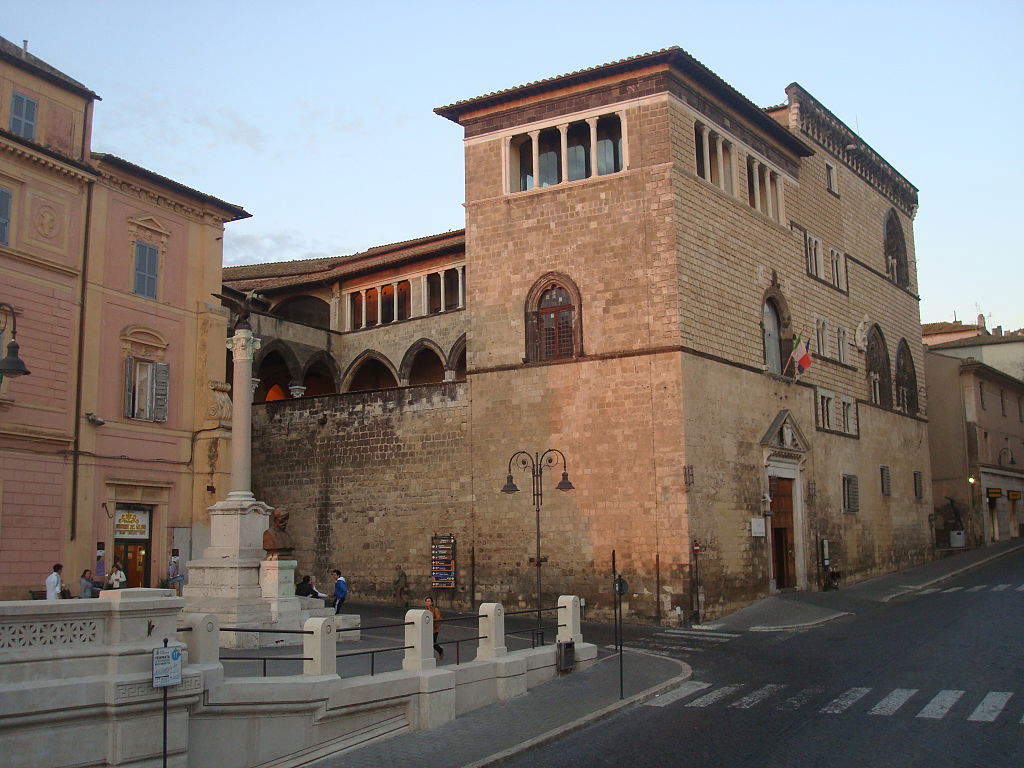
2. The church of Santa Maria in Castello
It is the largest and best-preserved Romanesque church in Tarquinia, was in ancient times also a Cathedral (it would remain so until 1435), and is distinguished by its very tall bell tower, the tallest in the city. The beginning of its construction dates back to 1121, while the end of work is to be fixed in 1208. It has a rectangular facade with three portals: the central one is surmounted by a mullioned window below which one can admire the very special round archway decorated with cosmatesque mosaics. These are the same as those found in the interior, divided into three naves covered by ribbed cross vaults: if you look at the floor, in fact, you will see a rich cosmatesque decoration with geometric motifs, although rather ruined (during the Napoleonic occupation of Italy, in fact, the church of Santa Maria in Castello was used as a stable: in the church ). Also of great value are the baptismal font and the marble ambo, which is bare today, but we must imagine it also decorated with mosaics and polychrome materials, all of which have been removed throughout history. On the back of the ambo, moreover, are the inscriptions of ancient visitors, including Napoleonic soldiers stationed in these parts.
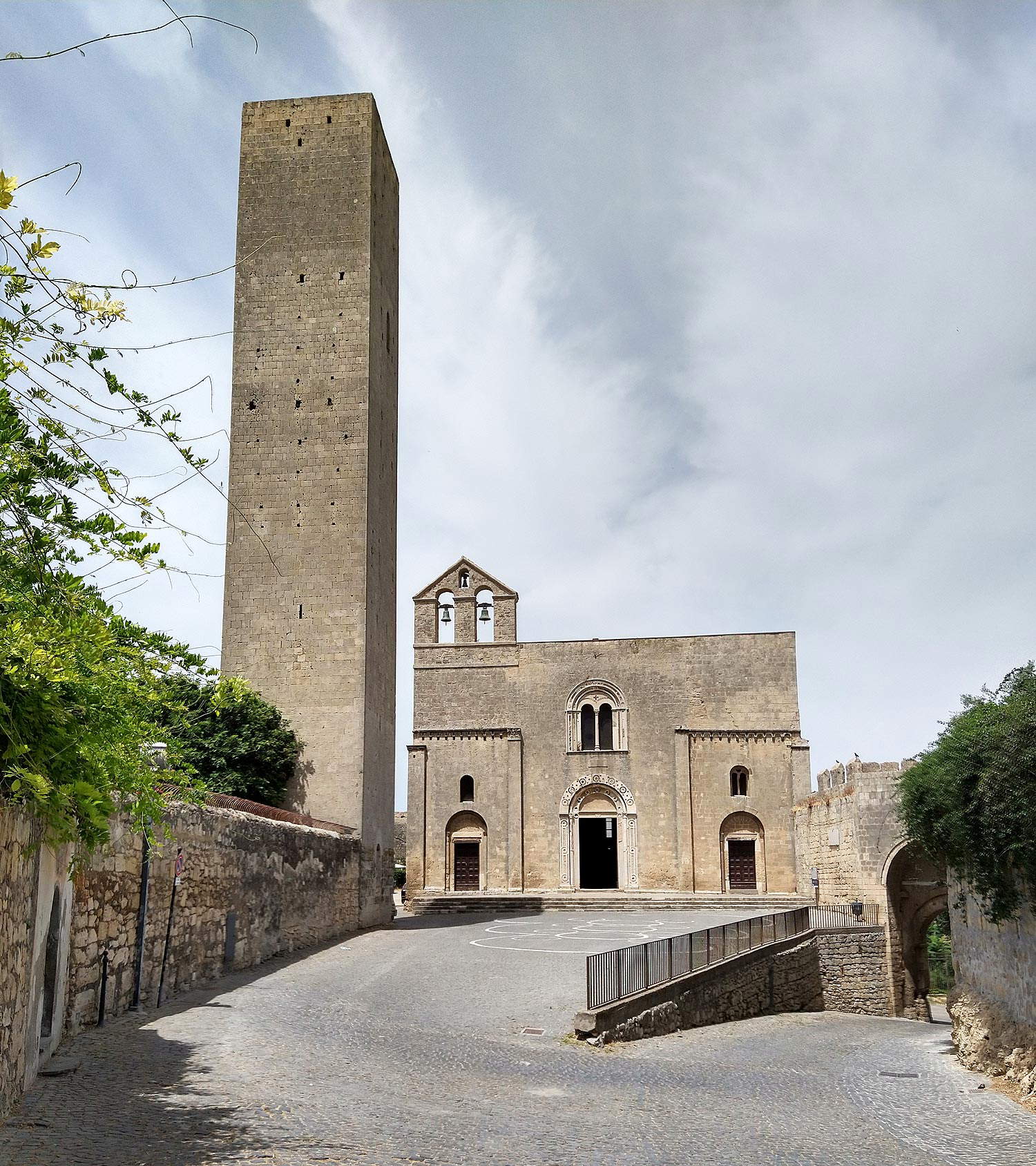
3. The Cathedral of Tarquinia
Dedicated to St. Margaret of Antioch, the cathedral was built beginning in 1260, although the current appearance of the house of worship is the result of many subsequent remodels, starting with those ordered in the 15th century by Bartolomeo Vitelleschi, who had it enlarged. Destroyed in 1643 by fire and subsequently rebuilt, it was then renovated in the nineteenth century, in neoclassical style (the facade, reminiscent of a Roman temple, is due to this intervention, bearing the signature of the architect Pietro Magnani, who took care of the facade, while the interior was rearranged by Francesco Dasti). Only the apse, in Gothic style, is preserved from the original structure. The three naves, on the other hand, are neoclassical: the central one is covered by a high barrel vault that introduces the visitor to the apse, where the Baroque high altar can be seen, and where 16th-century frescoes by Antonio del Massaro da Viterbo known as Pastura can still be admired.
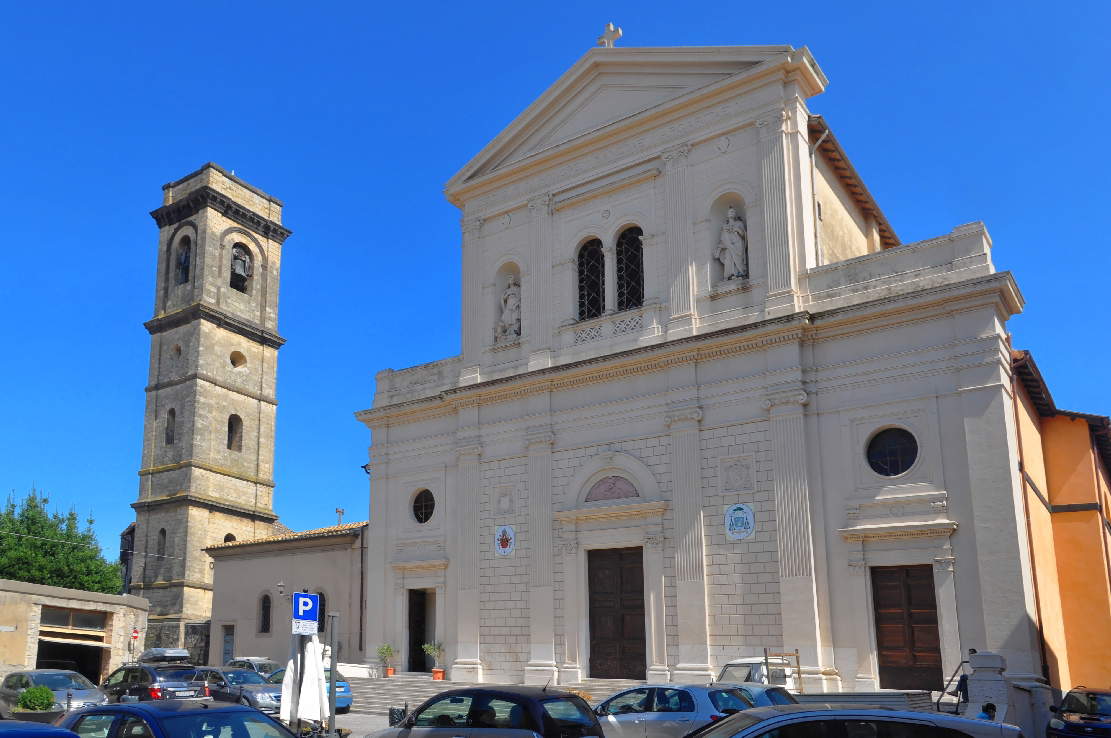
4. The Town Hall
The seat of the Town Hall, it is a 13th-century building constructed over the remains of the first circle of walls that enclosed the center of ancient Tarquinia (the tower incorporated by the Palace, from the 10th-11th centuries, is the most vivid evidence of the historical events preceding the building). Built in Romanesque-Gothic style, it is characterized by the presence of two facades, one on San Pancrazio Street (dating from the 19th century) and the other, the main one, on Matteotti Square. Damaged by fire in 1476, the Town Hall was extensively restored in the Renaissance period, when the 16th-century Civic Tower was also built. Inside the Palace you can visit the “Hall of Frescoes,” a room decorated between the 16th and 17th centuries that in ancient times housed the sessions of the Tarquinia City Council: the scenes depict episodes and characters from the city’s history, and were extensively restored in the 1980s.
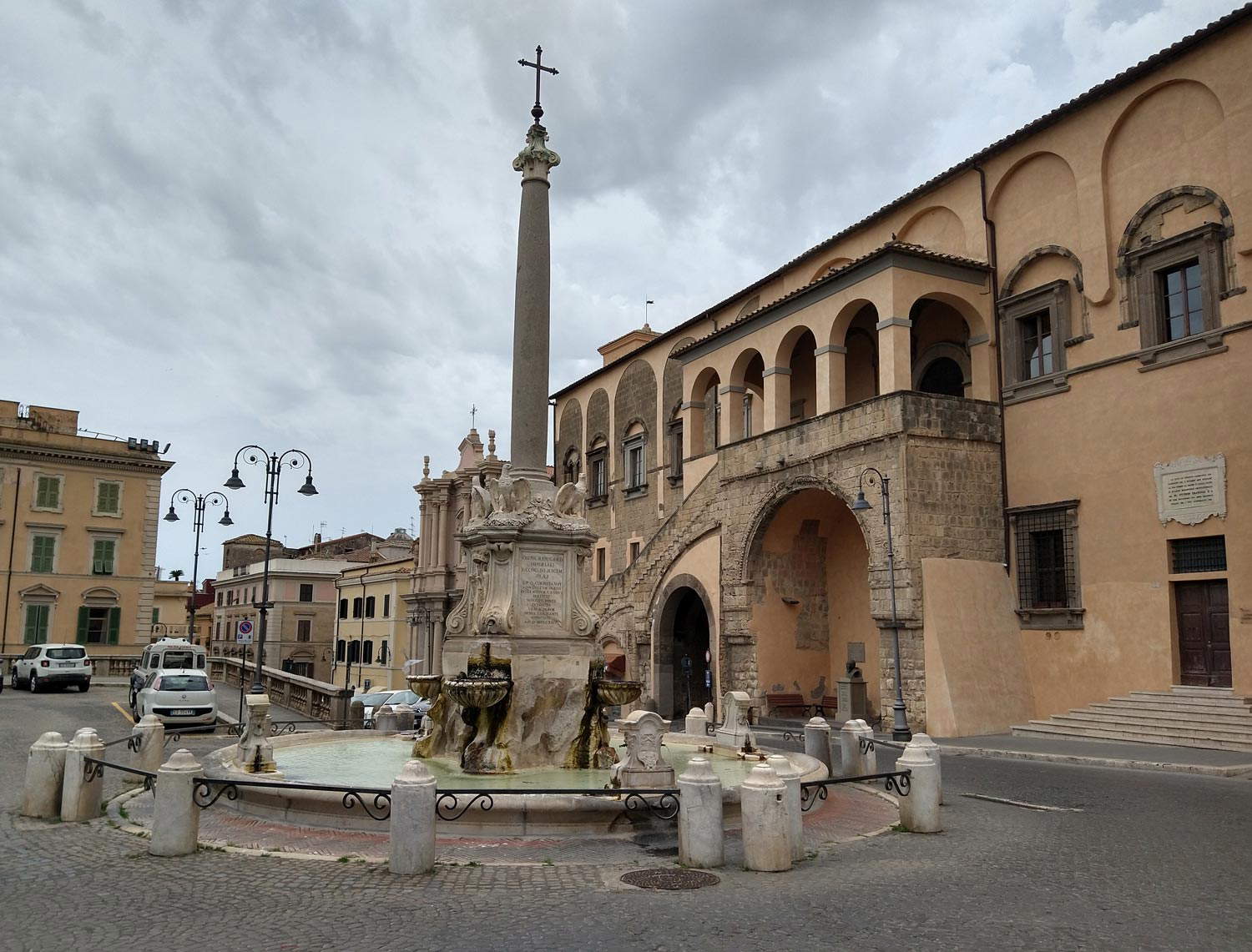
5. The church of San Martino
This is perhaps the oldest church in the city, most likely dating from the 11th century and first mentioned in a document from 1287. The salient facade, which is characterized by its wide ocular opening in the center and the portal arch made in black-and-white as in Tuscan churches of the thirteenth century, is in the Romanesque-Gothic style, and today appears to be incorporated into a larger complex of medieval buildings, although the forms of the church are clearly distinguishable. The interior, with three naves, is bare and severe, but a side niche that opens along the left aisle preserves traces of a 15th-century fresco depicting the Madonna and Child with St. Anne.
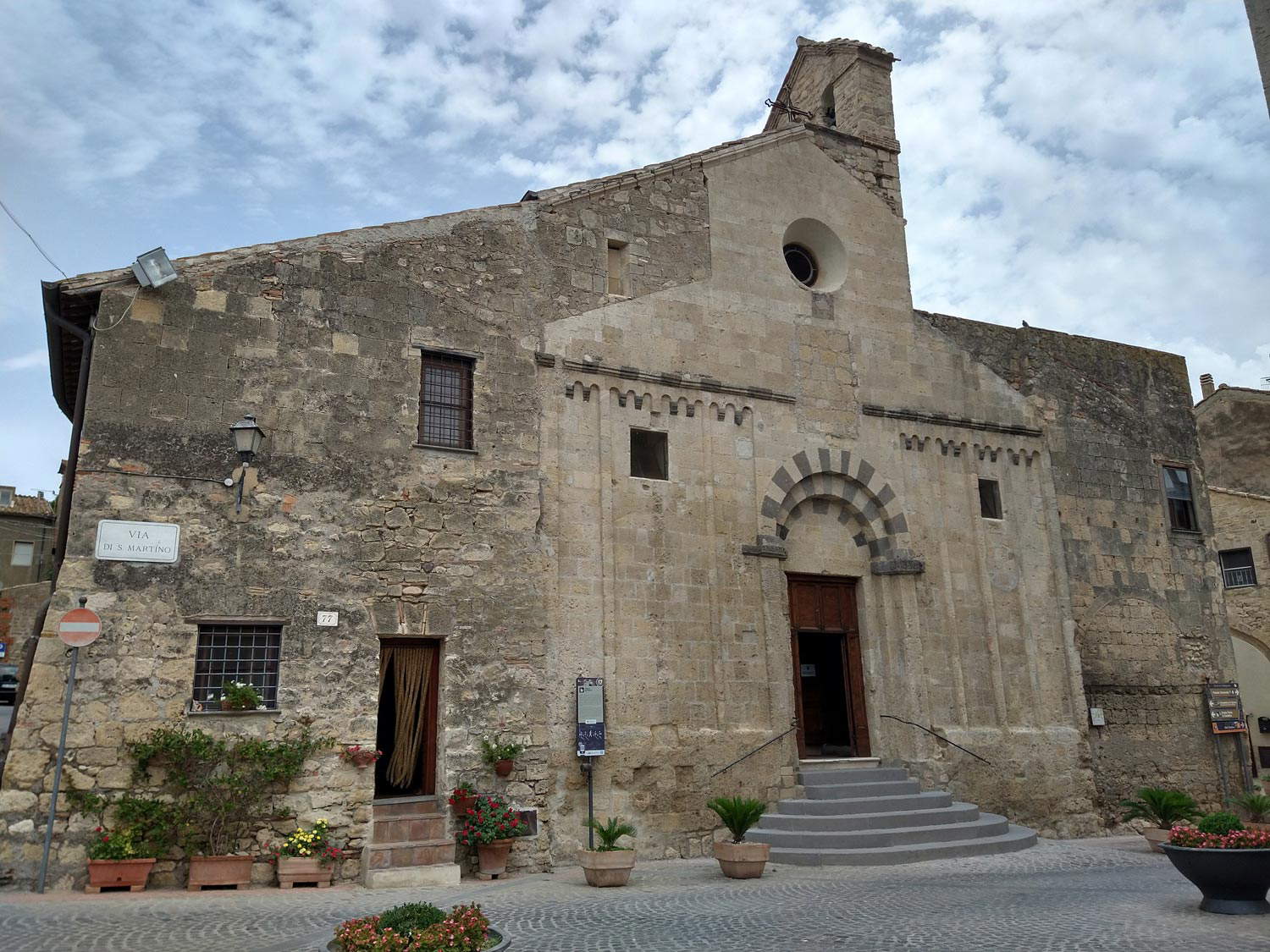
6. The Palazzo dei Priori
The Palazzo dei Priori is one of the most interesting buildings in the oldest part of Tarquinia’s historic center. It is located near the thirteenth-century church of San Pancrazio and was an ancient administrative seat: austere in appearance, it was built between the twelfth and thirteenth centuries by amalgamating several private buildings. The facade is characterized by its large pointed arches and tall towers that frame it. Today, the Palazzo dei Priori is home to STAS - Società Tarquiniense d’Arte e Storia, as well as the Museo della Ceramica d’Uso a Corneto, where ceramic fragments and materials from the “butti” of the Palazzo dei Priori (i.e., the place where in ancient times garbage was thrown) are on display, as well as pieces from the collection of archaeologist Giuseppe Cultrera, a founding member and the first president of STAS. The museum was opened in 1993 and its layout was extensively revised in 2011. More than 300 pieces displayed on two large halls (not only ceramics but also other objects) tell the story of the ancient life of Tarquinia’s citizens.
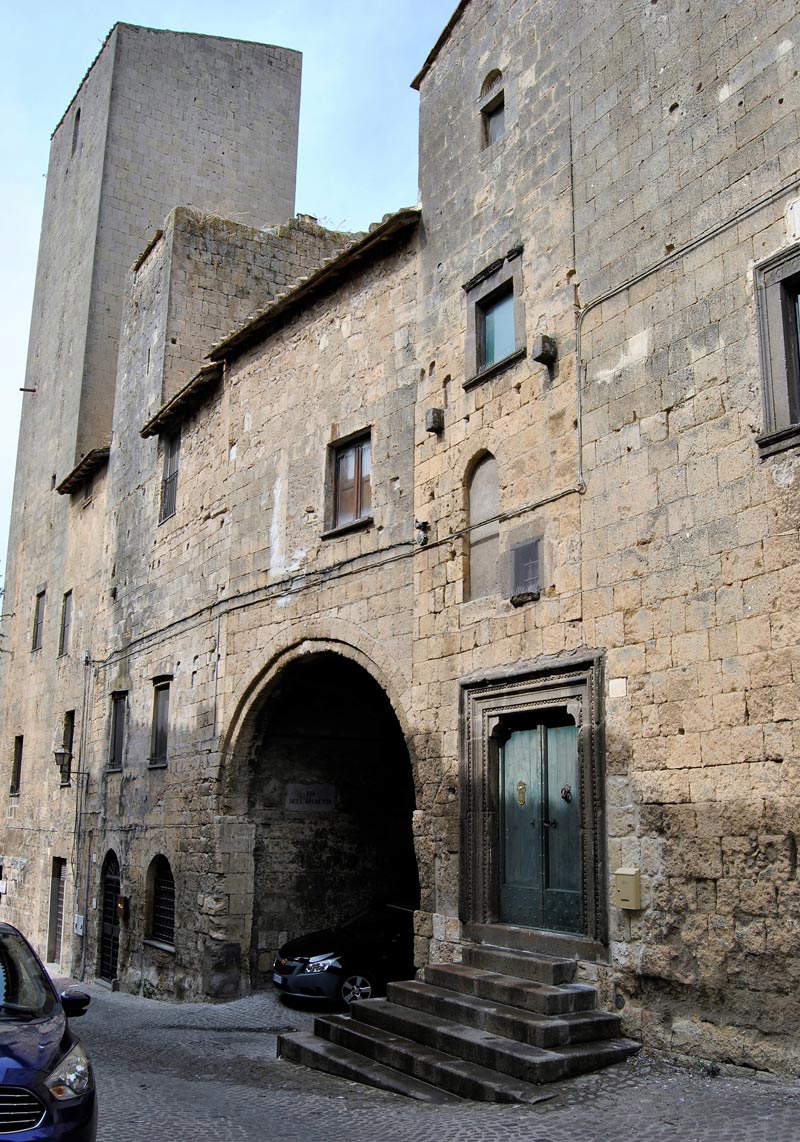
7. The shrine of Santa Maria in Valverde.
The patron saint of Tarquinia, Our Lady of Valverde is celebrated in May, the Marian month, and a convent founded in 1268 by the lay congregation of the Friars of Mary Mother of Christ of Marseilles is dedicated to her. Our Lady of Valverde is a 12th-13th-century icon kept inside the shrine.Local tradition attributes several miracles to Our Lady of Valverde, a circumstance that has made the shrine a popular pilgrimage destination (and led to the proclamation of Our Lady of Valverde as patroness of the city). The shrine, built between 1257 and 1274, although it has been extensively remodeled over the centuries, still retains its imposing Romanesque gabled façade on the outside, with tall pillars marking the internal division into three naves, and softened by a rose window.
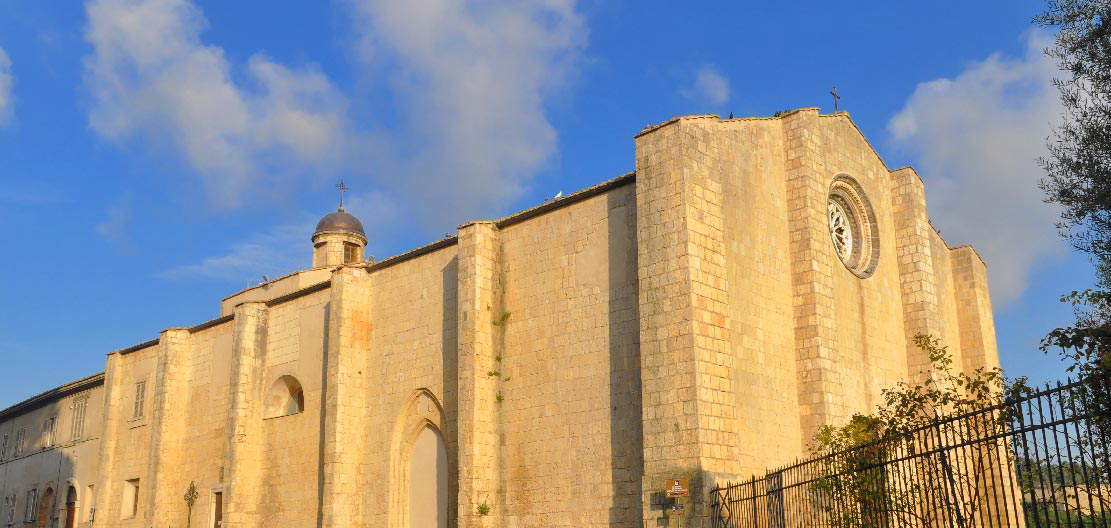
8. The MAST - Museum of Sacred Art of Tarquinia.
Founded in 2001 as the Diocesan Museum of Sacred Art and renamed Diocesan Municipal Museum of Sacred Art in 2008 and finally, in 2011, “MAST,” or Museo di Arte Sacra di Tarquinia. It is housed in the main floor of the Bishop’s Palace, a Renaissance building constructed on some pre-existing medieval buildings and then renovated in the eighteenth century: the exhibition itinerary is divided into eleven rooms displaying works of art that come from churches in the area. In particular, among the most important works are the Renaissance Madonna and Child by Antonio del Massaro da Viterbo, the Crucifixion with Saints John, Crispino and Crispinianus attributed to Bartolomeo Cavarozzi, a Lamentation over the Dead Christ by Tommaso Conca.
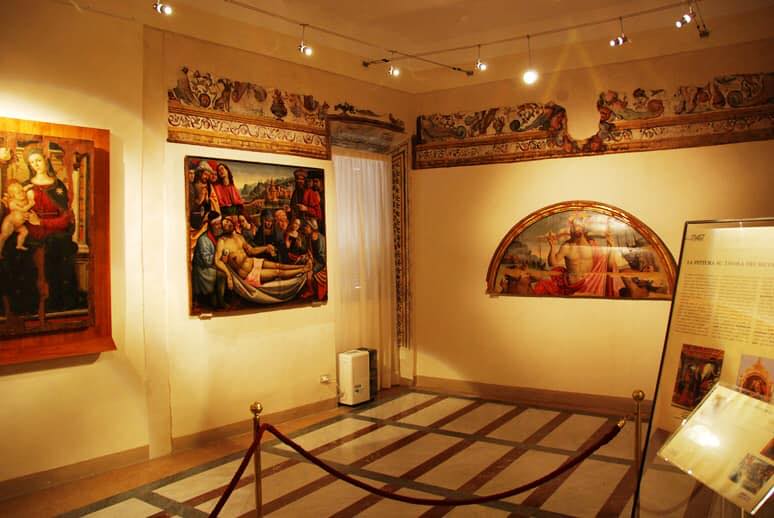
9. The towers
In medieval cities, the most distinguished families of each town competed to build the tallest and most beautiful towers to demonstrate their prestige. Tarquinia’s towers are not as famous as those of San Gimignano or Bologna, but the Latium city also retains a good number of them, and its skyline does not disfigure alongside those of the most famous “Manhattans” of the Middle Ages. In addition to the soaring bell tower of Santa Maria in Castello and the Civic Tower, several aristocratic towers can be admired in the historic center, such as the imposing rectangular Draghi Tower from the 12th-13th centuries, or the coeval Barucci Tower, which has a crenellated top crenellated, and then again the Magistrate’s Tower, characterized by a large pointed arch portal opening on the ashlar base, the Dante Tower also known as “della Maddalena” because a church, no longer extant, dedicated to the penitent saint stood next to it, and the Cialdi Tower, located on the northwestern edge of the historic center, dominating a large green esplanade known as “campo Cialdi,” the site of events and happenings.
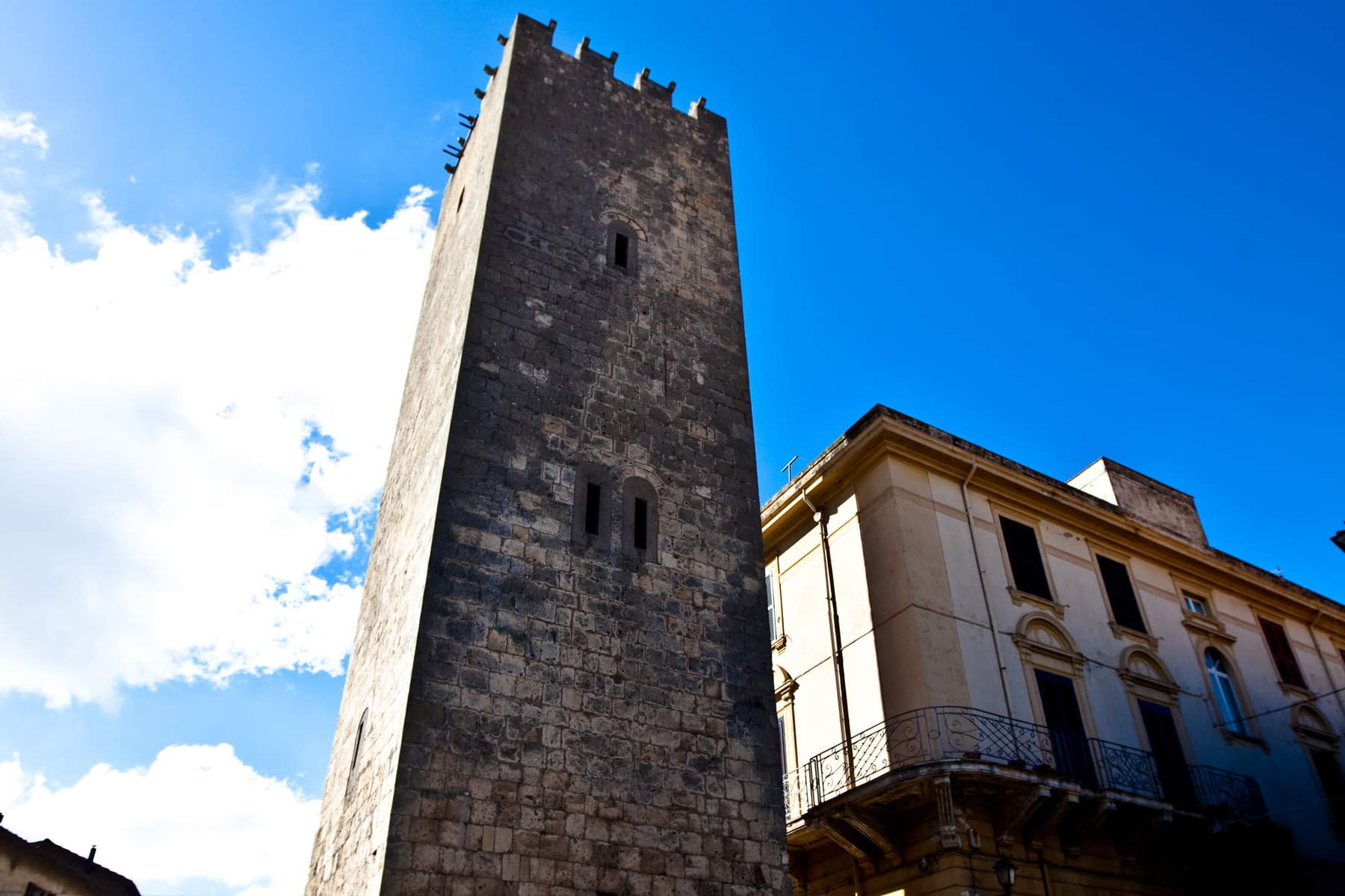
10. The necropolis of Monterozzi
Located on the outskirts of Tarquinia’s historic center, the Monterozzi necropolis is one of the most spectacular Etruscan monuments preserved, as well as the best-preserved necropolis in the entire Etruscan world (and according to some experts even in the entire Mediterranean basin: the great Etruscologist Massimo Pallottino called it “the first chapter in the history of Italian painting”): it hosts in fact about six thousand burials, including tombs with burial chambers richly decorated with splendid frescoes, mostly named after the subjects of the decorations (the Tomb of the Leopards, the Tomb of the Lionesses, the Tomb of Hunting and Fishing, the Tomb of the Jugglers, the Tomb of the Warrior, and so on). From here come some of the frescoes that, for conservation reasons, were detached and taken to the National Museum in the city center. The necropolis today is part of one of the autonomous institutes of the Ministry of Culture, the Archaeological Park of Cerveteri and Tarquinia, which includes all the archaeological areas of the city as well as the national archaeological museums of the two coastal cities.
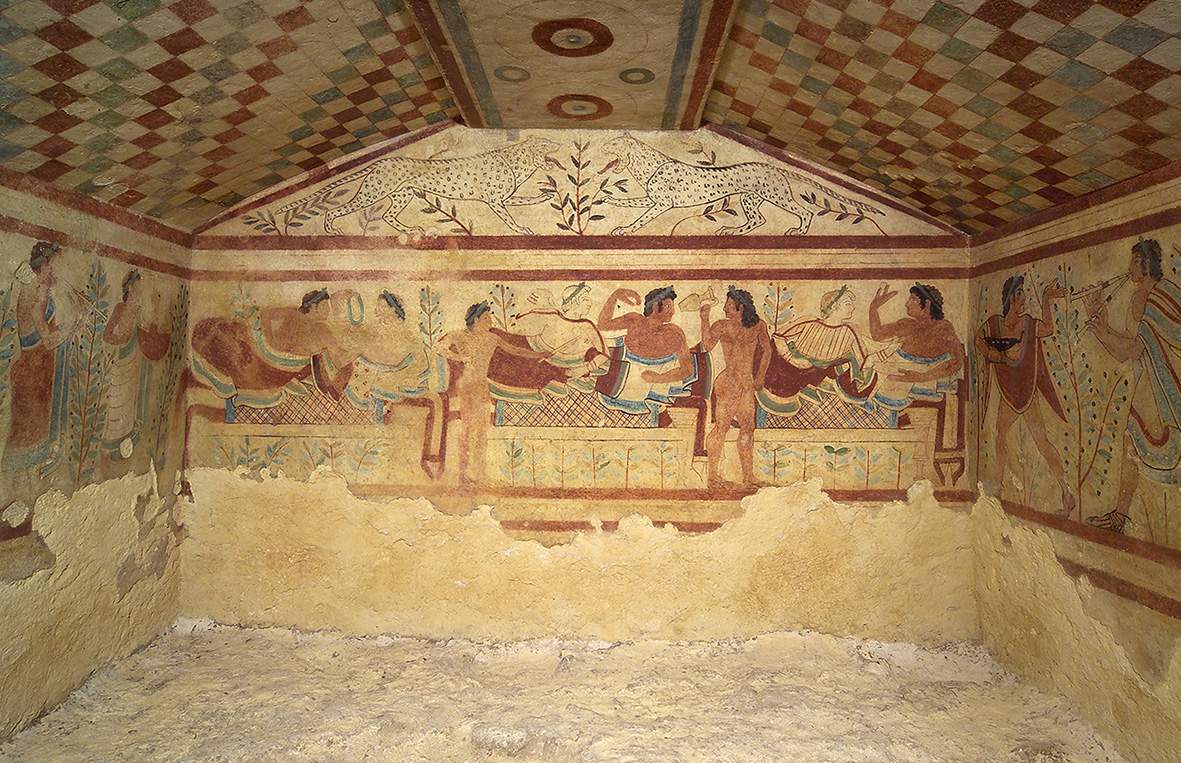
 |
| Tarquinia, what to see: the 10 must-see places in town |
Warning: the translation into English of the original Italian article was created using automatic tools. We undertake to review all articles, but we do not guarantee the total absence of inaccuracies in the translation due to the program. You can find the original by clicking on the ITA button. If you find any mistake,please contact us.





























